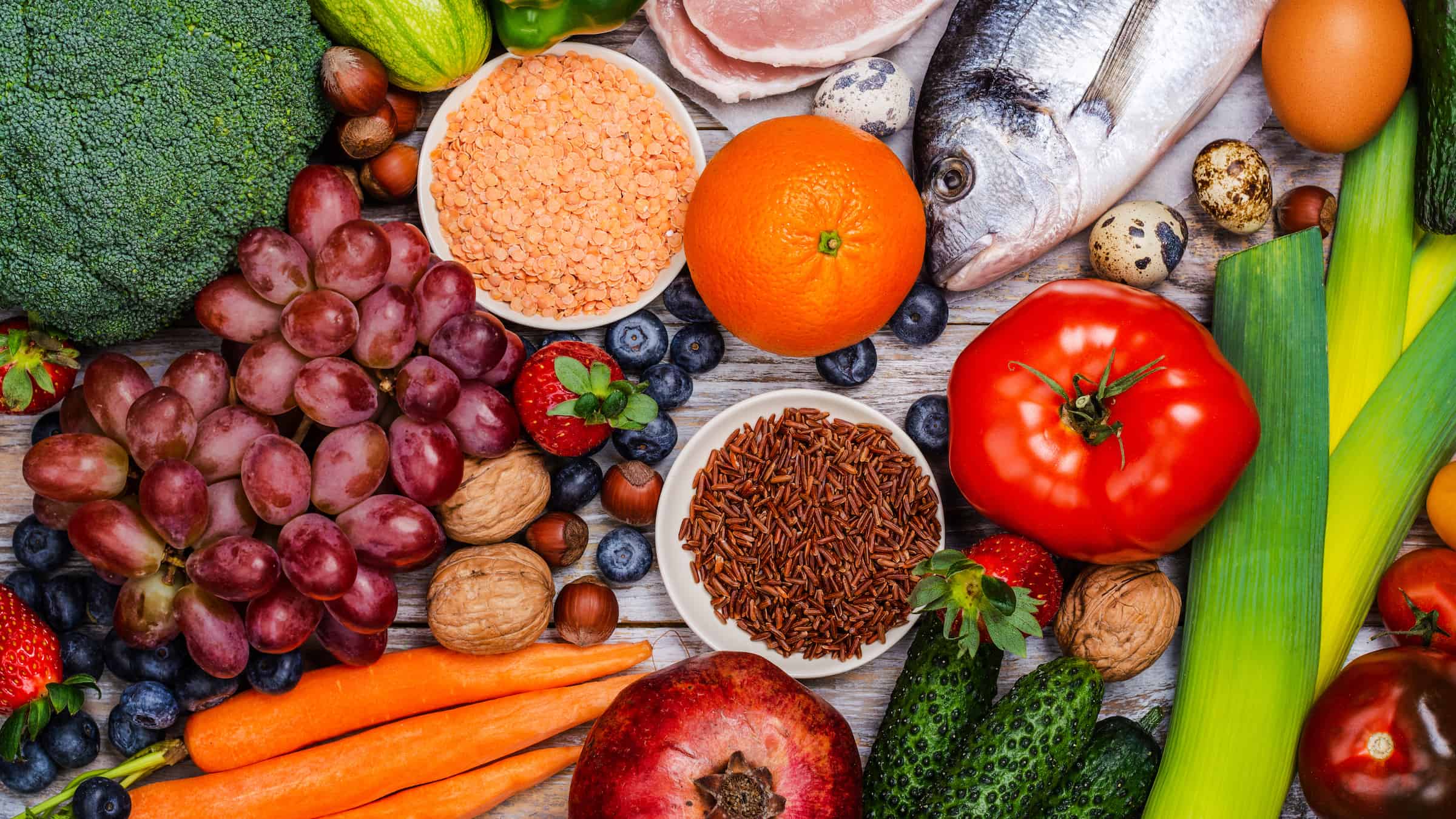Maybe you already know that, at Noom, we believe in the benefits and joys of preparing your own nutritious meals. But we also get that, some days, it’s simply not in the cards. Maybe you’re too short on time to bake chicken. Maybe you’re too short on energy to sauté string beans. Or, maybe you’re just too short on patience to fold cheese into enchiladas. Whatever the case, some days going out to eat or ordering takeout feels like the best choice—we’re right there with you.
The Noom Weight program is built to empower you to make the best food choices for yourself, even if it’s feeling like a DoorDash kind of day.
Whether you’re trying to be mindful of portion sizes, consider what oils your food is made with, or reduce your salt or sugar intake, dining out or ordering in might feel like it challenges your health goals. But with the right intel, you can confidently make restaurant orders that won’t hinder your health. This article is part of a series of guidelines to help you order satisfying restaurant foods you can enjoy and feel great about.
Today, we’ll cover four tips for a health-conscious Indian night.
1. Start with lentil soup
Some classic Indian appetizers like samosas (deep-fried pastries), pakora (fritters), and paneer (cheese), are highly calorie-dense. If you’re looking to start your meal with a delicious and nutritious app, one of your best bets is to start with lentil soup. You’ll get uniquely tasty Indian herbs and spices, plus lots of filling fiber from the lentils—without a ton of calories. Most lentil soups come in at around 150 calories. If you do have time to cook, there are baked, less calorically dense versions of the Desi samosa, which makes our hearts sing.
2. Pass on the naan, but order the roti
Naan may be a classic way of enjoying carbs at an Indian spot, but in addition to being made with white flour, which is refined and stripped of fiber, the bread is typically brushed with butter. So, if you’re in the mood for bread, we recommend asking for roti. It’s a whole grain Indian flatbread containing way fewer calories than naan, plus more fiber. Roti will bring you the comforts of a robust breadbasket and a wonderful, textured mouth-feel.
3. Pick chickpeas, chicken, or seafood for your protein
Many Indian restaurants will give you the option of choosing the protein in your entree. This includes plant-based proteins like chickpeas which are a flavorful and fiberful option for vegans and meat-eaters alike. Lean meats like chicken and seafood like shrimp are satisfying, yellow and green food choices that also make for great protein options. We’d recommend saving lamb, calorie-dense red meat, for special occasions.
4. Choose yogurt and spices over cream sauces
If you see the word “tandoori” in a menu item, that means it’s cooked in a clay oven called a tandoor, typically over a charcoal fire. We can’t recommend this preparation highly enough. Something like chicken tandoori is juicy and flavorful, without the oils and creams commonly used in other dishes. (Dishes like chicken tikka masala, chicken vindaloo, and many curries are prepared with coconut milk or cream, and are therefore higher in fat and more calorie-dense.)
Other dishes to seek out are those that are made with yogurt sauces, like Indian-spiced yogurt chicken, and proteins prepared with raita (a cucumber yogurt akin to tzatziki with a cooling effect that pairs particularly well with many Indian spices). These delectable meals have relatively low caloric densities and are high in protein.
No matter what you order, Noom’s extensive food database has nutrition information for all of your favorite restaurant dishes. So, staying on track is simple, no matter what your day or delivery brings.
Real results with a personalized weight loss program
Take the quiz!





